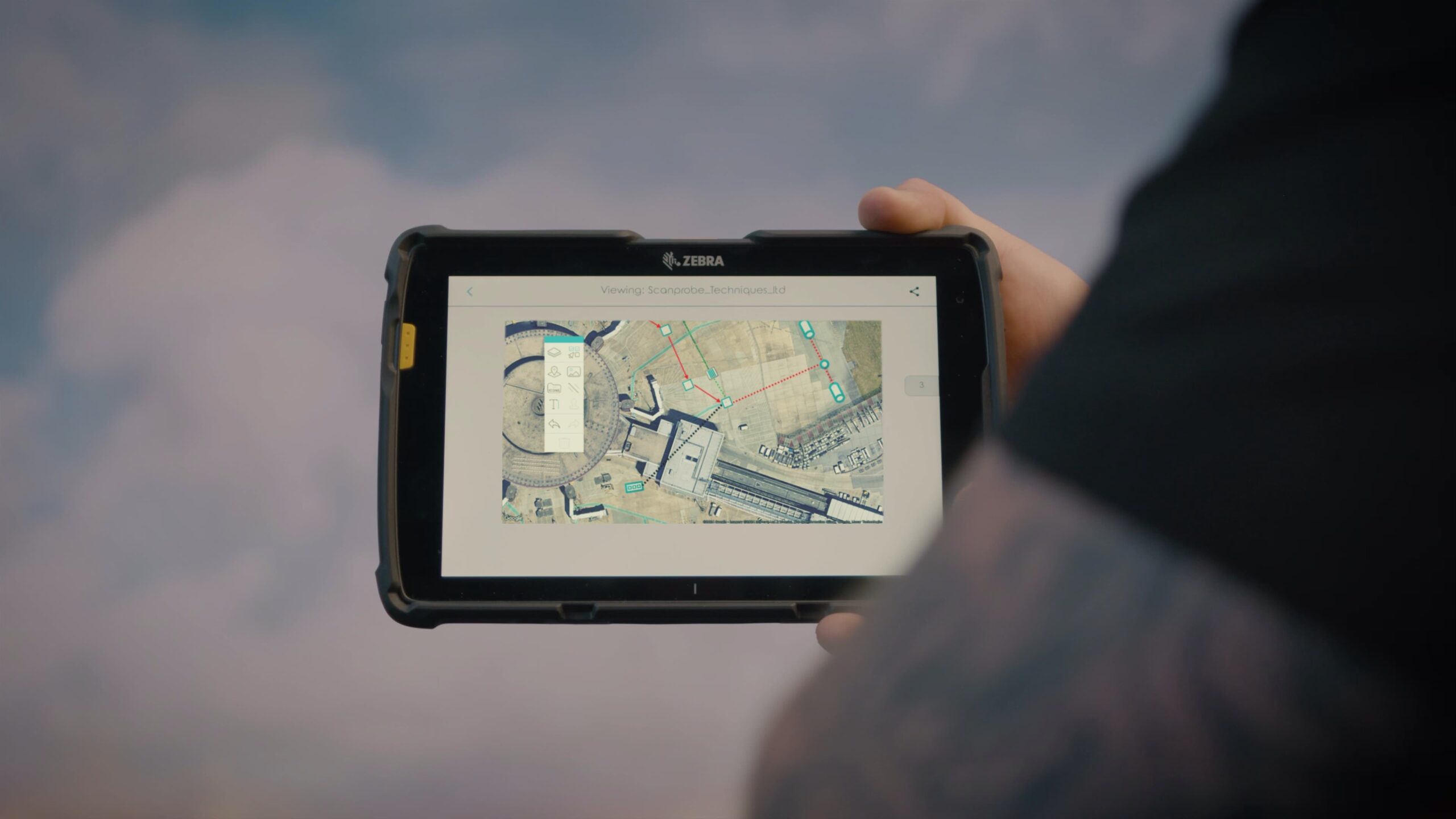What Makes A Good Drain Survey?
A good drain survey is essential for identifying potential issues with drainage systems and ensuring their efficient operation. Here are some key elements that contribute to a good drain survey:
- Comprehensive Inspection: A thorough examination of the entire drainage system is crucial. This includes inspecting both internal and external components such as pipes, manholes, inspection chambers, and connections.
- Use of Advanced Technology: Utilizing modern technology such as CCTV cameras designed for drain inspection provides clear visual evidence of the condition of the drainage system. These cameras can navigate through pipes, capturing images and videos of any issues such as blockages, leaks, or structural damage.
- Accurate Assessment: A good drain survey should accurately identify any problems within the drainage system, including the location and severity of issues. This allows for appropriate remedial action to be taken.
- Detailed Reporting: The findings of the drain survey should be documented in a detailed report, including images or videos where applicable. This report should clearly outline any issues discovered, their potential causes, and recommendations for repairs or maintenance.
- Professionally Conducted: Drain surveys should be carried out by trained and experienced professionals who understand the complexities of drainage systems. This ensures that the survey is conducted efficiently and accurately.
- Safety Considerations: Safety should always be a priority during drain surveys. This includes taking precautions to protect surveyors from hazards such as toxic gases, confined spaces, or collapsing structures.
- Consideration of Environmental Factors: A good drain survey should also consider any environmental factors that may impact the drainage system, such as nearby vegetation, soil erosion, or changes in water levels.
- Customer Communication: Effective communication with the property owner or client is essential throughout the drain survey process. This includes discussing findings, explaining any recommended actions, and providing cost estimates for repairs or maintenance.

By incorporating these elements into the drain survey process, you can ensure that potential issues with drainage systems are identified promptly and accurately, allowing for timely maintenance or repairs to be carried out.

